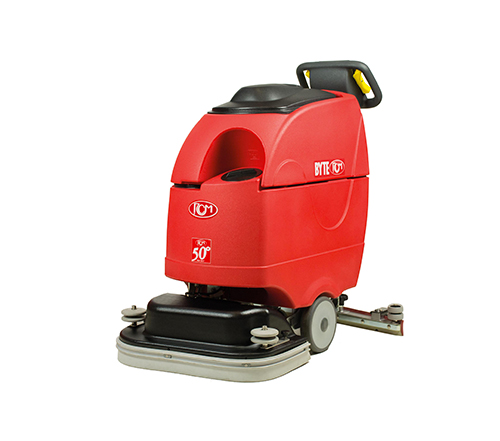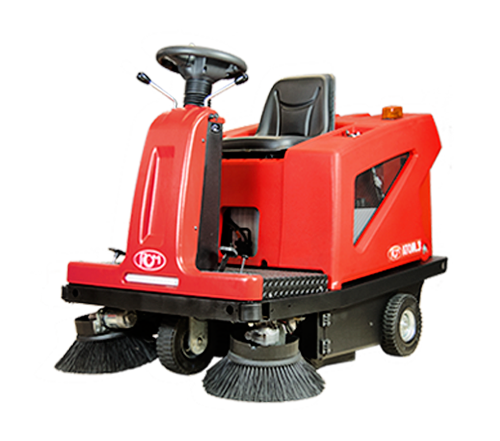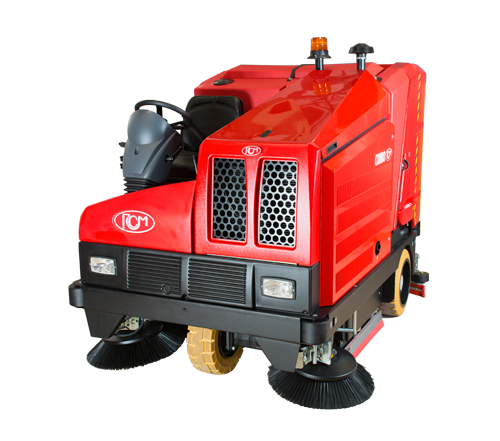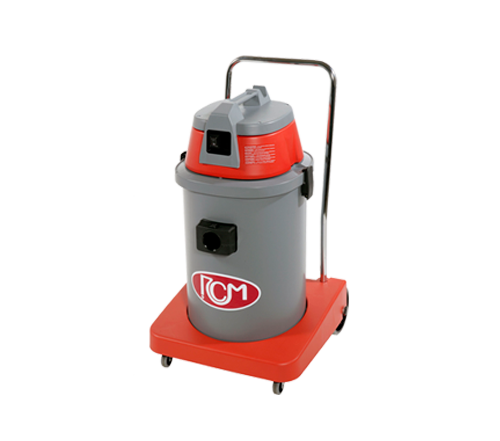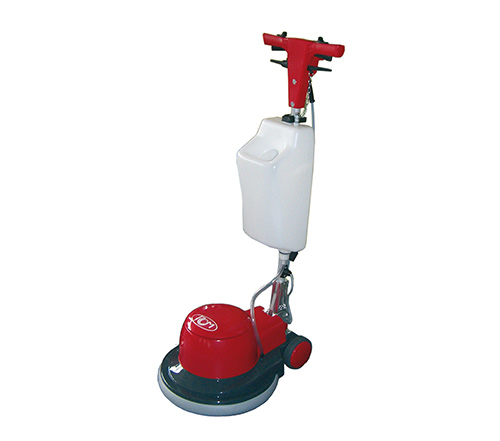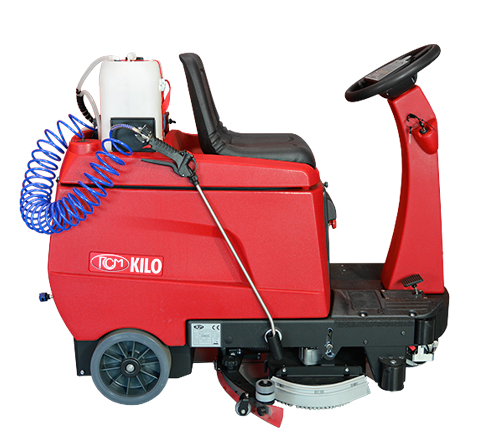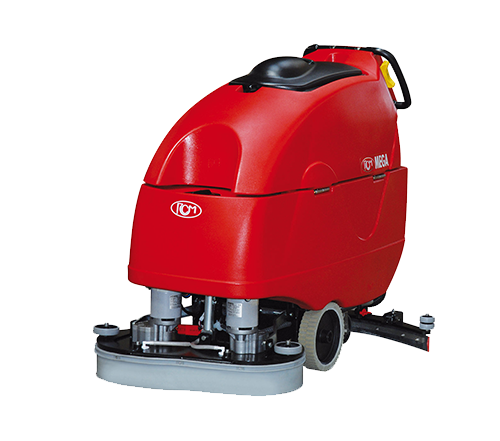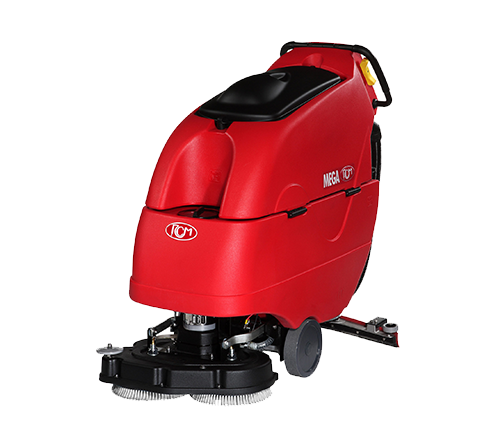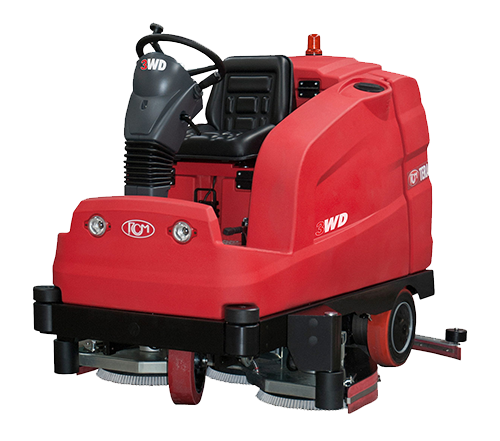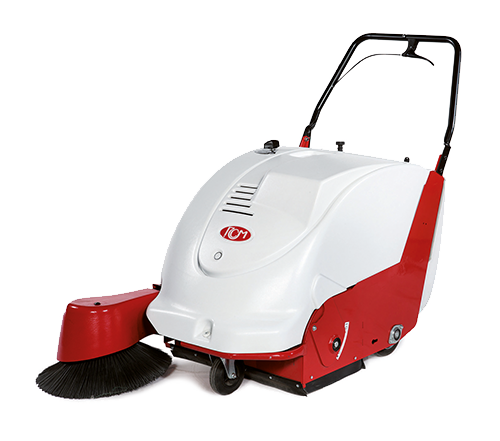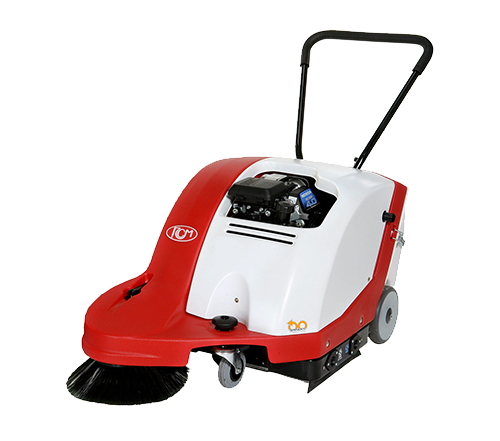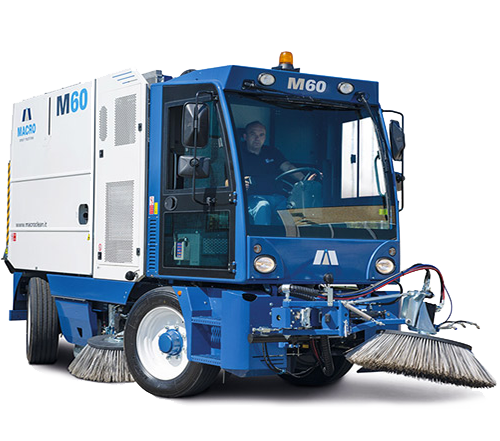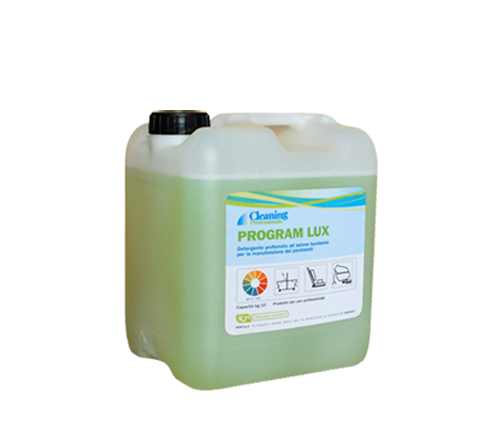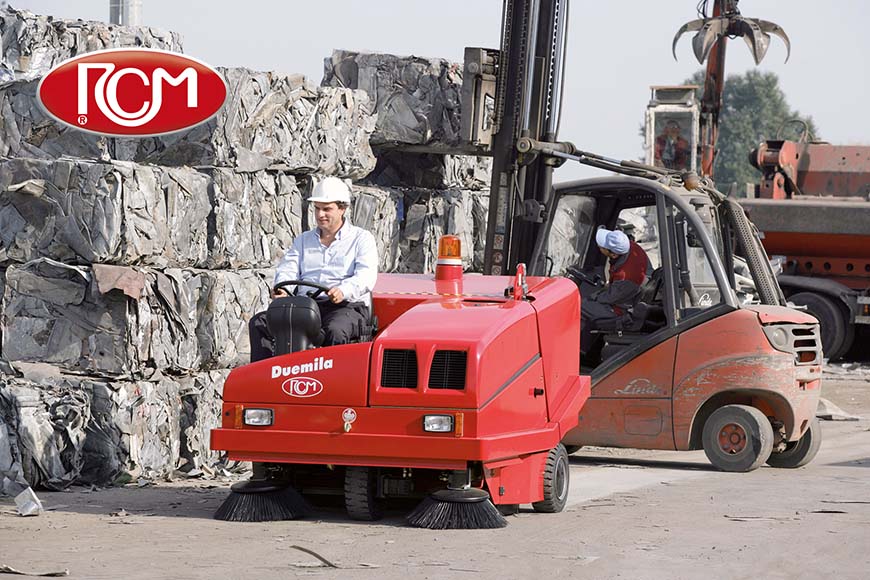In order to keep industrial floors clean and safe, it is essential to use machines that can effectively tackle various types of dirt and surfaces. Each working environment requires a different approach, so knowing the best solutions is crucial.
Identifying surfaces type
1. Surface size – The size of the area to be cleaned is a key factor. For small areas, a walk-behind sweeper is certainly recommended. If the area that needs cleaning is over 3,000 square meters, a ride-on sweeper is the choice.
2. Indoor or outdoor use – This will also have an impact on the type of engine: whether electric, diesel, petrol or LPG. If the sweeper will be used indoors, such as warehouses or industrial areas, check the performance of the filters and the suction system. For outdoors, make sure it is suitable for uneven floors and can pick up coarser dirt.
3. Type of floor and dirt – The floor and dirt typology are important in choosing the characteristics and number of brushes. Therefore, it is also important to choose a supplier that has a wide availability of optional and spare parts suitable for multiple cleaning needs.
How to choose an RCM sweeper
Each type of floor requires a sweeper with specific characteristics. Here are some guidelines for choosing the right machine:
- Adjustable brushes: being able to adjust the height of the central and side brushes allows you to optimize the brushes’ collection capacity according to the dirt and surface type.
- Dust Buster suction system (RCM patent): suction on the side brushes is essential in closed environments where dust is a problem, reducing the impact of dust raised during cleaning.
- Large collection hopper: ideal for large, dirty spaces, it reduces emptying times and increases the productivity
- Ergonomics: the operator’s front driving position significantly increases visibility during cleaning operations. The adjustable seat position ensures greater comfort for the sweeper operator.



